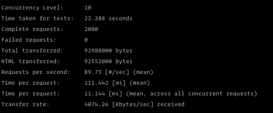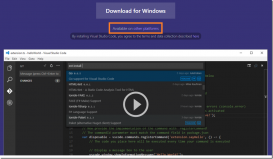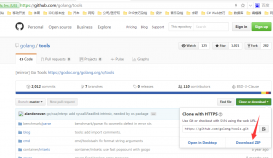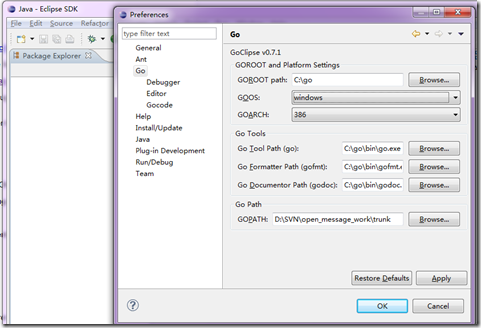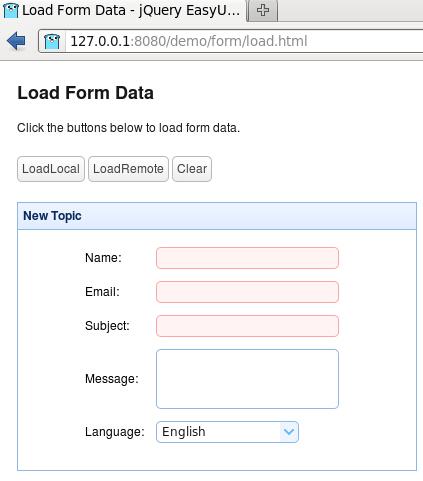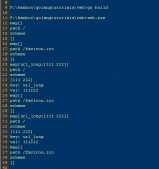在使用Context.ResponseWriter中的Set/WriteHeader/Write这三个方法时,使用顺序必须如下所示,否则会出现某一设置不生效的情况。
|
1
2
3
|
ctx.ResponseWriter.Header().Set("Content-type", "application/text") ctx.ResponseWriter.WriteHeader(403) ctx.ResponseWriter.Write([]byte(resp)) |
如1:
|
1
2
3
|
ctx.ResponseWriter.Header().Set("Content-type", "application/text") ctx.ResponseWriter.Write([]byte(resp)) ctx.ResponseWriter.WriteHeader(403) |
会导致返回码一直是200
补充:Go里w http.ResponseWriter,调用w.Write()方法报错
Go里w http.ResponseWriter写入报错
http: request method or response status code does not allow
1. 下面是报错截图

2. 点进去Write方法
它首先是一个接口;
由于它是在HTTP web服务器的应用场景,所以它具体的实现方法在net/http/server.go里:
|
1
2
3
|
func (w *response) Write(data []byte) (n int, err error) { return w.write(len(data), data, "")} |
再点进去,函数里你会发现有一个关键的判断
|
1
2
3
4
5
6
|
// 其中ErrBodyNotAllowed的// 代码内容// ErrBodyNotAllowed = errors.New("http: request method or response status code does not allow body")if !w.bodyAllowed() { return 0, ErrBodyNotAllowed} |
点进去,发现它在没有设置Header时会panic,当然这跟我们当前要讨论的问题关系不大,关键在bodyAllowedForStatus()方法
|
1
2
3
4
5
6
|
func (w *response) bodyAllowed() bool { if !w.wroteHeader { panic("") } return bodyAllowedForStatus(w.status)} |
再点,终于看到了,当设置状态码为【100,199】、204、304就会报这个错,而我刚好设置的状态码就是204,我把它改成200重新试下,问题解决。
|
1
2
3
4
5
6
7
8
9
10
11
|
func bodyAllowedForStatus(status int) bool { switch { case status >= 100 && status <= 199: return false case status == 204: return false case status == 304: return false } return true} |
以上为个人经验,希望能给大家一个参考,也希望大家多多支持服务器之家。如有错误或未考虑完全的地方,望不吝赐教。
原文链接:https://blog.csdn.net/u012107512/article/details/80691423



